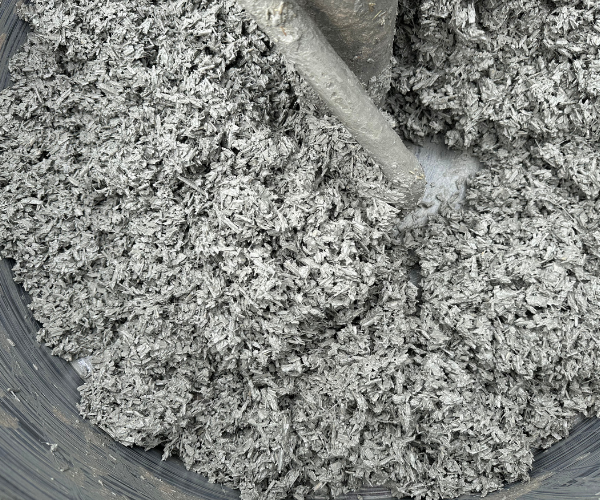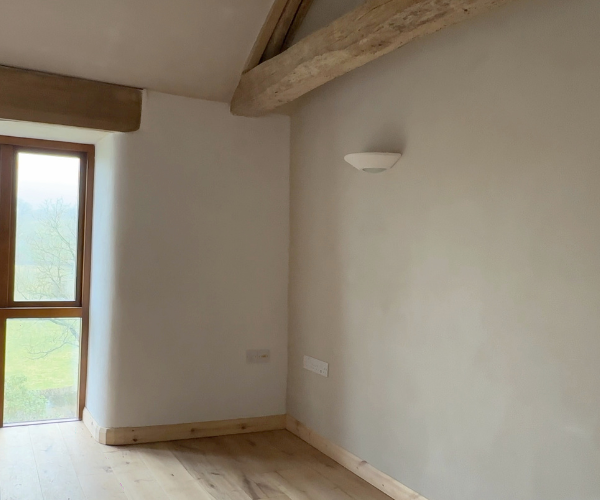Beyond Aesthetics
The Environmental Benefits of Insulating Lime Plasters and Renders with Cork, Foam Glass, and Hemp-Based Materials
Introduction

Using cork, foam glass, and hemp-based materials in insulating lime plasters and renders for internal and external solid wall applications can improve energy efficiency, comfort, and sustainability in retrofit and new construction projects.
1. Cork Insulating Lime Plasters and Renders
2. Foam Glass Insulating Lime Plasters and Renders
Foam glass, a recycled glass-based insulation material, offers an innovative, high-performance option for insulating lime plasters and renders. When incorporated into lime mixes, foam glass provides excellent thermal insulation, fire resistance, and durability. Lime plasters and renders with foam glass insulation are suitable for solid wall constructions, delivering energy savings and reducing carbon footprints in buildings.
3. Hemp-Based Insulating Lime Plasters and Renders
Hemp, a renewable and sustainable material, can also be utilised to insulate lime plasters and renders and improve thermal properties and environmental performance. Hemp fibres, combined with lime, create a breathable and mould-resistant insulation layer that contributes to a healthier indoor environment. Hemp-based lime plasters and renders offer a natural, eco-friendly option for internal and external solid wall insulation projects.
4. Internal and External Solid Wall Insulation
Insulating lime plasters and renders with cork, foam glass, or hemp-based materials provide effective internal and external solid wall insulation solutions. By enhancing the thermal performance of walls, these eco-friendly materials help regulate indoor temperatures, reduce energy consumption, and enhance occupants’ comfort.

Insulating lime plasters and renders offer a sustainable approach to improving building envelopes, whether retrofitting existing buildings or constructing new structures.
Stephen Grindrod LTD is experienced in working with cork, foam glass, or hemp-based materials and incorporates insulating lime plasters and renders into buildings as a cost-effective and environmentally friendly approach to building insulation. By improving thermal efficiency, moisture regulation, and indoor comfort, these eco-friendly alternatives contribute to energy savings and reduce environmental impact.
